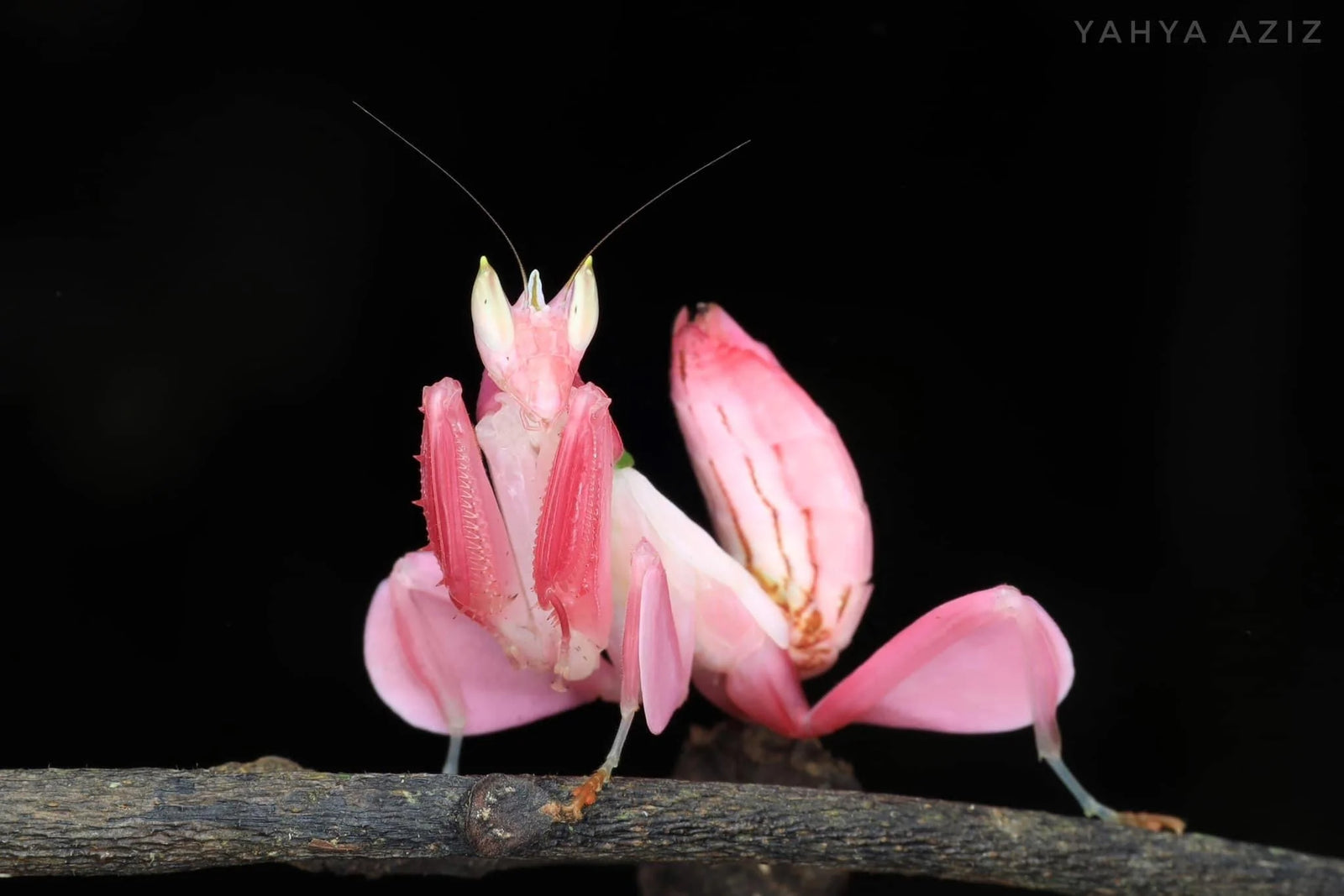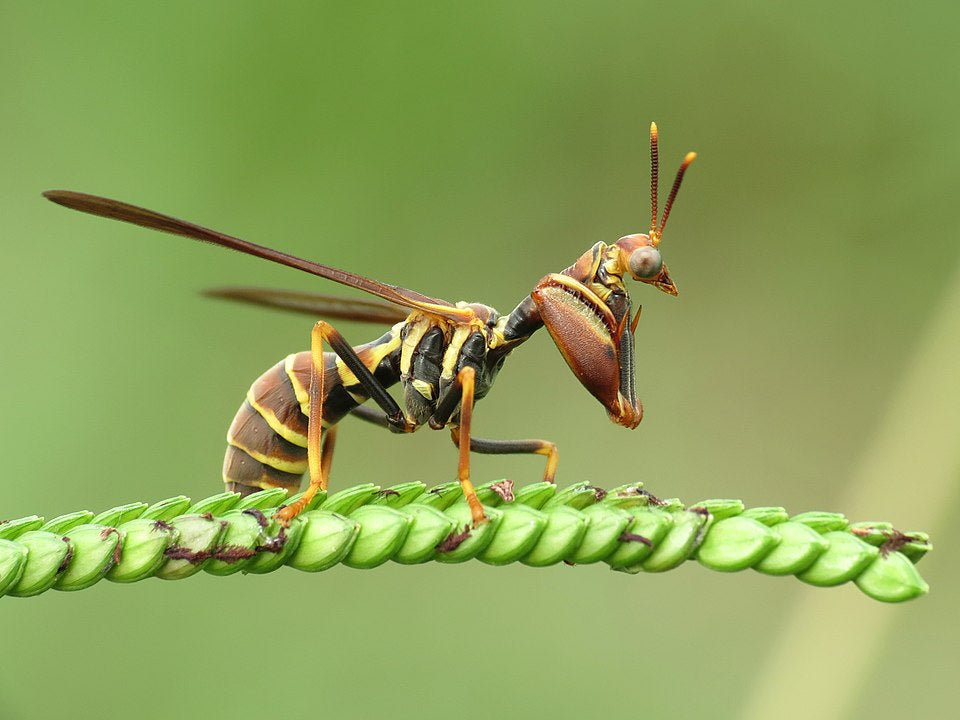Menu
-
- Home
- Contact
- Search
-
Shop
- Live Feeder Insects
-
Supplies
- Habitats
- Feeders
- Feeders and Microfauna Breeding Supplies
- Bioactive Kits
- Bioactive Supplies
- Containers
- Insect Culture Cups
- Insect Culturing Cups and Lids
- Classroom Projects
- Live Air Plants bioactive
- Substrates
- Lighting and Heating
- Cages, Habitats, Bug Boxes, Vivariums, Insectariums
- Bark
- Shipping supplies, Heat packs, cold packs, containers
- Bio-Active
- Plants
- Mantis Gallery
- Usmantis Reviews
- Praying Mantis
- Mantis
- Praying Mantis eggs ootheca for pest control
- BioActive Supplies
- Beneficial Insects
- Help Videos
- Top 5 Praying mantis as pets,
- Blog
-
Shop By Family
- Praying Mantis
- Care Sheets
- Track Order
- Live Feeder Insects
- Wholesale prices for bulk orders
- FAQ
- Galleries of Mantis Videos
-
- Home
- Search
- About us
- Shipping
- Refund Policy
- Track Orders
- Contact us
- Blog
- Beneficial Insects
- Sitemap
- Reviews
-
Film production resources
- Wholesale
- FAQ
- Login
-
English

Inimia nat- New species of praying mantis discovered 2023
December 22, 2023 1 min read
Entomology • 2023] Inimia nat• A Revision of the Genus ImaTindale (Mantodea: Nanomantidae: Fulciniinae) with the Description of A New Genus
 |
|
Inimia nat
Connors, Yeeles, Lach & Rentz, 2023
photo: Brendan James
|
Abstract
Ima fusca is one of a number of unusual and infrequently collected Australian mantises about which relatively little is known. Long considered a single species, morphological studies instead revealed the presence of a second cryptic species. We here describe this species as Ima corymbia sp. nov. and redescribe both Ima and Ima fusca in detail. Additionally, we describe a unique, robust species allied to Ima that was discovered with the aid of citizen science, Inimia nat gen. et sp. nov. In light of this discovery, we provide keys to both the Australian Fulciniini genera and to the species of Ima. Finally, we provide detailed behavioural and ecological records for all three species, including the peculiar host plant specificity of Ima spp. We document and discuss this specificity in depth and suggest several possible reasons for its occurrence.
Leave a comment
Comments will be approved before showing up.
Also in Praying Mantis News! Join the conversation.

orchid mantis evolutionary research
June 06, 2025 2 min read
The orchid mantis (Hymenopus coronatus) transitions from black-and-red to pink-white coloration during development, a shift driven by the Redboy pigment transporter. This transition serves different ecological functions: red coloration helps hatchlings mimic stink bugs for predator avoidance, while the pink-white coloration of older nymphs provides floral camouflage for both predator avoidance and prey attraction. The Redboy transporter, upregulated by ecdysone, facilitates this shift by exporting red pigments in early stages and importing white pigments in later stages.
Evolutionary Basis:
Redboy's Role:
The Redboy transporter, a novel ABCG transporter, arose by gene family expansion and positive selection, specifically to handle the transition from red to white coloration, according to research on Nature.
Hormonal Regulation:
The hormone ecdysone regulates Redboy, ensuring the pigment transition happens at the appropriate developmental stage, according to research on ResearchGate.
Genetic Adaptation:
The evolutionary changes in Redboy have allowed orchid mantises to adapt their body color to different life stages and ecological niches.
Ecological Functions:
Aposematic Mimicry (Hatchlings):
The initial black-and-red coloration serves as a warning signal, mimicking the appearance of stink bugs, which are known to be distasteful or toxic to predators.
Camouflage (Older Nymphs):
The pink-white coloration provides floral camouflage, helping the mantis blend in with flowers and avoid detection by predators.
Prey Attraction:
The flower-like appearance also attracts unsuspecting prey, such as small insects, to their location, enhancing the mantis's hunting success.
In summary, the orchid mantis's body color transition is a fascinating example of ontogenetic camouflage and adaptive evolution, where the color changes throughout the mantis's life serve distinct ecological roles in where the color changes throughout the mantis's life serve distinct ecological roles in predator avoidance and prey attraction.
Read More

Mantis fly Mantispidae, very special insect
October 15, 2024 3 min read
Mantispidae, they don’t sting! 

Recent Articles
-
orchid mantis evolutionary research
June 06, 2025
-
New Yorker article 1955 Mantis Man
March 09, 2025
-
Mantis fly Mantispidae, very special insect
October 15, 2024
-
Do insects have feelings? Love or Hate? What’s your opinion
September 09, 2024
-
How Praying Mantises Hear: One ear
July 19, 2024
-
Identifying Domestic species
July 19, 2024
-
Invasive claims and irresponsible advice
April 13, 2024
-
Is it time for insect researchers to consider their subjects’ welfare?
April 08, 2024
-
My Awesome Summer by P. Mantis Children’s book
April 07, 2024
-
Toxodera
April 06, 2024
Categories
- animal husbandry
- best feeders
- best mantis for pest control
- breeding praying mantis
- buy praying mantis
- Cannabis
- crickets
- discussion
- dormitory pet
- Drosophila
- education
- egg
- entomology
- fertility
- flightless fruit flies
- Flower mantis
- Friendly Bugs For Cannabis
- fruit fly culture
- geometric morphometrics
- Ghost mantis
- happy experience with pets
- Hydei
- Hymenopodidae
- Hymenopus coronatus
- invasive
- keeping insects alive
- Lucky mantis
- Major League baseball Perez Kisses Lucky Mantis!
- make money
- mantis for dummies
- mantis ooth
- Mantodea
- melanogaster
- mimicry
- mismolt
- new species
- ooth
- ooth care
- ootheca
- P paradoxa
- pest
- Pest control
- pet nutrition
- praying mantis
- praying mantis care
- praying mantis for sale
- reptile feeders
- School project
- scientific research
- Sexing praying mantis
- Shipping
- signalling
- stem
- stenophylla
- Store news
- stress from shipping
- usmantis
- we buy mantis
Menu Title
This section doesn’t currently include any content. Add content to this section using the sidebar.
Subscribe
Sign up to get the latest on sales, new releases and more …
Invalid Password
Enter